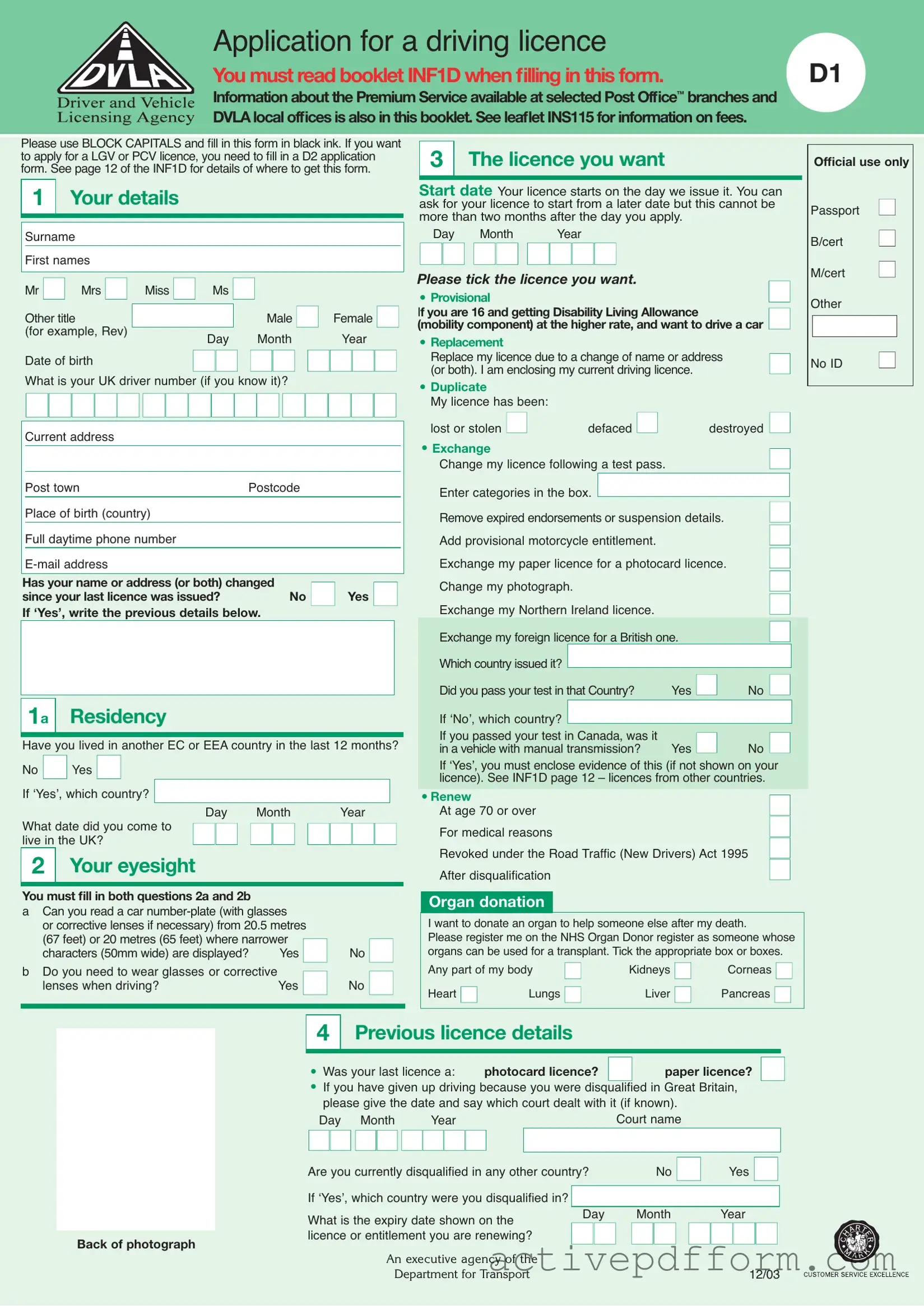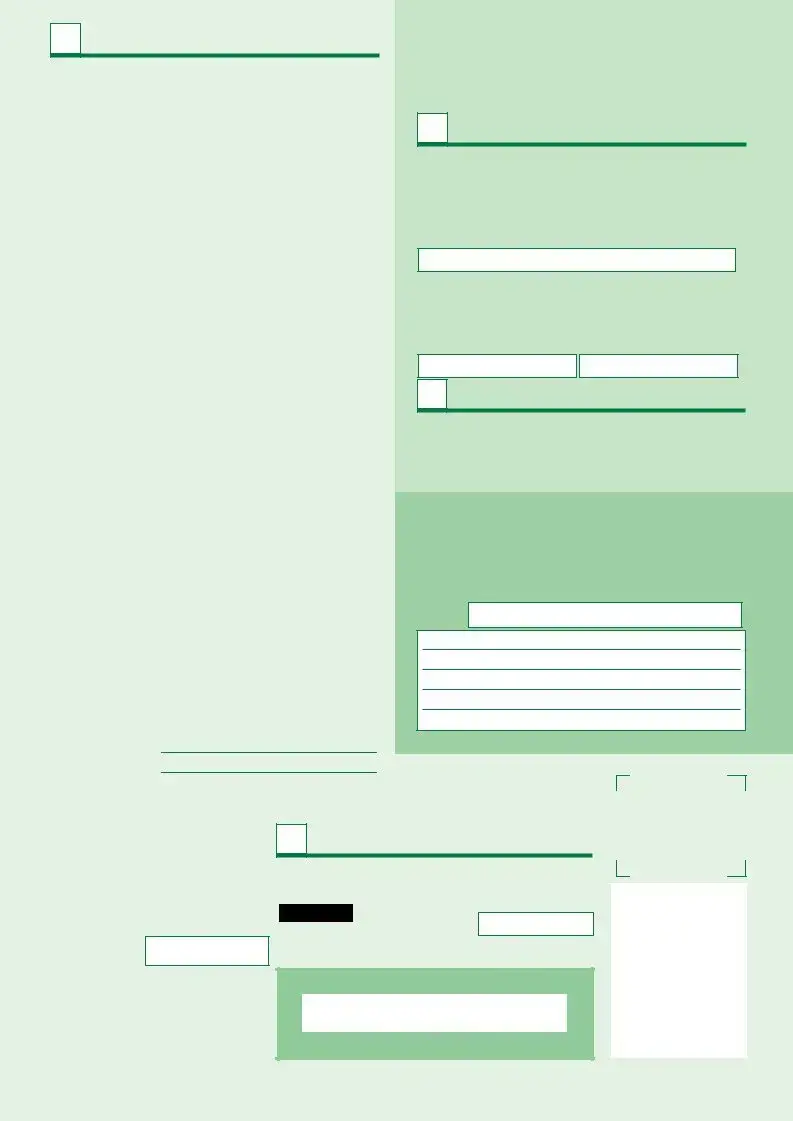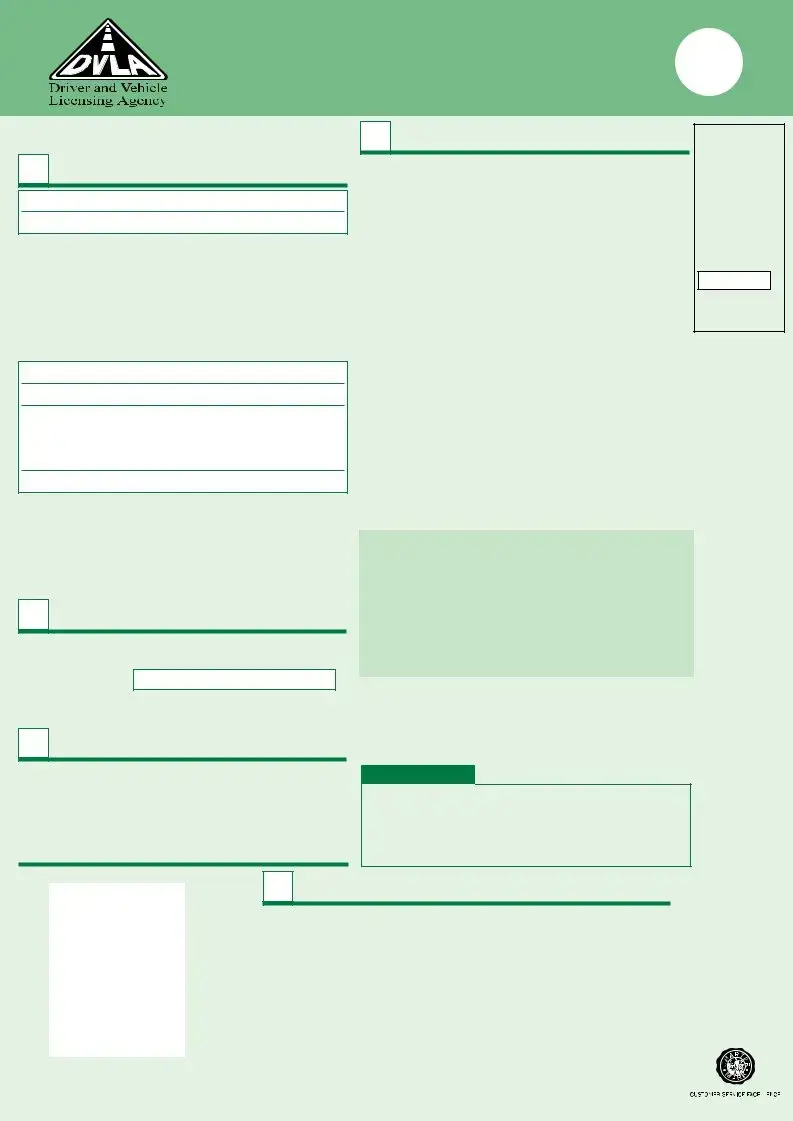What is the D1 DVLA form used for?
The D1 DVLA form is primarily used to apply for a driving licence in the UK. This includes applications for new licences, replacements, duplicates, and exchanges of foreign or Northern Ireland licences. It’s essential to fill out this form accurately to ensure your application is processed smoothly.
Who needs to fill out the D1 form?
Anyone looking to obtain a UK driving licence must complete the D1 form. This includes first-time applicants, individuals changing their name or address, and those needing a duplicate licence due to loss or theft. If you are applying for a Large Goods Vehicle (LGV) or Passenger Carrying Vehicle (PCV) licence, you will need to use a different form called the D2.
What information is required on the D1 form?
The D1 form requires personal details such as your name, date of birth, address, and contact information. You will also need to provide information about your eyesight and any medical conditions that could affect your ability to drive. Additionally, you must specify what type of licence you are applying for and provide proof of identity.
How should I fill out the D1 form?
It’s important to fill out the D1 form using BLOCK CAPITALS and black ink. This helps ensure that your information is clear and legible. Take your time to read the accompanying booklet INF1D for detailed instructions on completing the form correctly.
What documents do I need to submit with the D1 form?
When submitting the D1 form, you will need to include proof of identity, which can be a passport or a UK birth certificate. If your name has changed, you’ll also need to provide documents that confirm this, such as a marriage certificate or a deed poll. Be sure to check the specific requirements outlined in the INF1D booklet.
What happens after I submit the D1 form?
Once you submit your D1 form along with the required documents and payment, the DVLA will process your application. You should receive your new driving licence in the mail. If there are any issues with your application, the DVLA will contact you for clarification or additional information.
Can I track the status of my D1 application?
Unfortunately, the DVLA does not provide a tracking service for D1 applications. However, you can contact their customer service for updates or if you have concerns about your application. It’s a good idea to keep a copy of your application and any documents you submitted for your records.
What if I make a mistake on the D1 form?
If you realize that you’ve made a mistake after submitting the D1 form, it’s best to contact the DVLA as soon as possible. Depending on the nature of the error, they may be able to correct it. If your application has already been processed, you might need to submit a new form.




